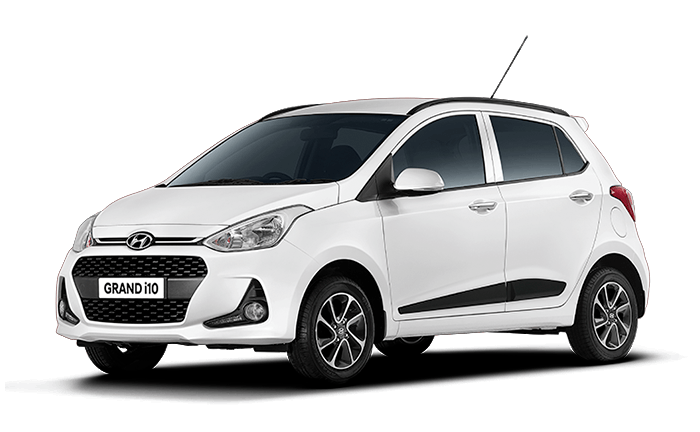
A culvert is a tunnel that carries a stream beneath a highway or railway. For traffic to pass through, a culvert can operate as a bridge. They are usually found in natural water flows and are used as a bridge or a current flow controller.
Circular, elliptical, flat-bottomed, pear-shaped, and box-like culverts are just a few of the shapes and sizes available. The load and water flow capacity of culverts, as well as their lifetime and bedding and backfill installation, are all factors to consider. The sort is determined by a variety of factors including hydraulics, upstream elevation, roadway height, and other factors.
Pipe Culvert
Pipe culverts are the most frequent culverts because of their low cost and ease of installation. They come in a variety of shapes, including circular, elliptical, and pipe arch. In general, their shapes are determined by the requirements and limits of the place. On a modest scale, pipe culverts resemble ordinary pipes such as concrete pipes.
Pipe-Arch Culvert (Single or Multiple)

Arch culverts are appropriate for big river openings where fish can benefit from increased hydraulic pressure. Furthermore, they have a modest clearance and are unquestionably artistic. Pipe arches are especially suitable for sites with limited headroom, and they can provide a hydraulic benefit at low flows.
Box Culvert
Concrete, particularly RCC, is used to construct box culverts (Reinforced Concrete). The most difficult aspect of building a box culvert is that it must be installed on a dry surface. However, when a big amount of water is expected, the direction of the water can be adjusted due to the strength of the concrete floor. Box culverts are one of the most prevalent forms of culverts because of this attribute.
Arch Culvert
Metal, stone masonry, concrete, RCC, and other materials are used to construct an arch culvert. It takes minimal time to build, and unlike a box culvert, it does not require water diversion because it can be installed without interrupting the flow of water. As a result, it’s known as a Low Profile Culvert. This sort of culvert keeps the wash bed’s natural integrity.
Let’s pretend a culvert was washed away by a heavy rainstorm. We’ve seen photos of steel or plastic pipes washing out and floating down the road. The precast structure will be in place 99.9% of the time if there is a flood or a significant backflow event. Then it’s only a question of backfilling the area surrounding it, repaving the road, and you’re good to go. You’re not going to start from scratch and replace the culvert.




